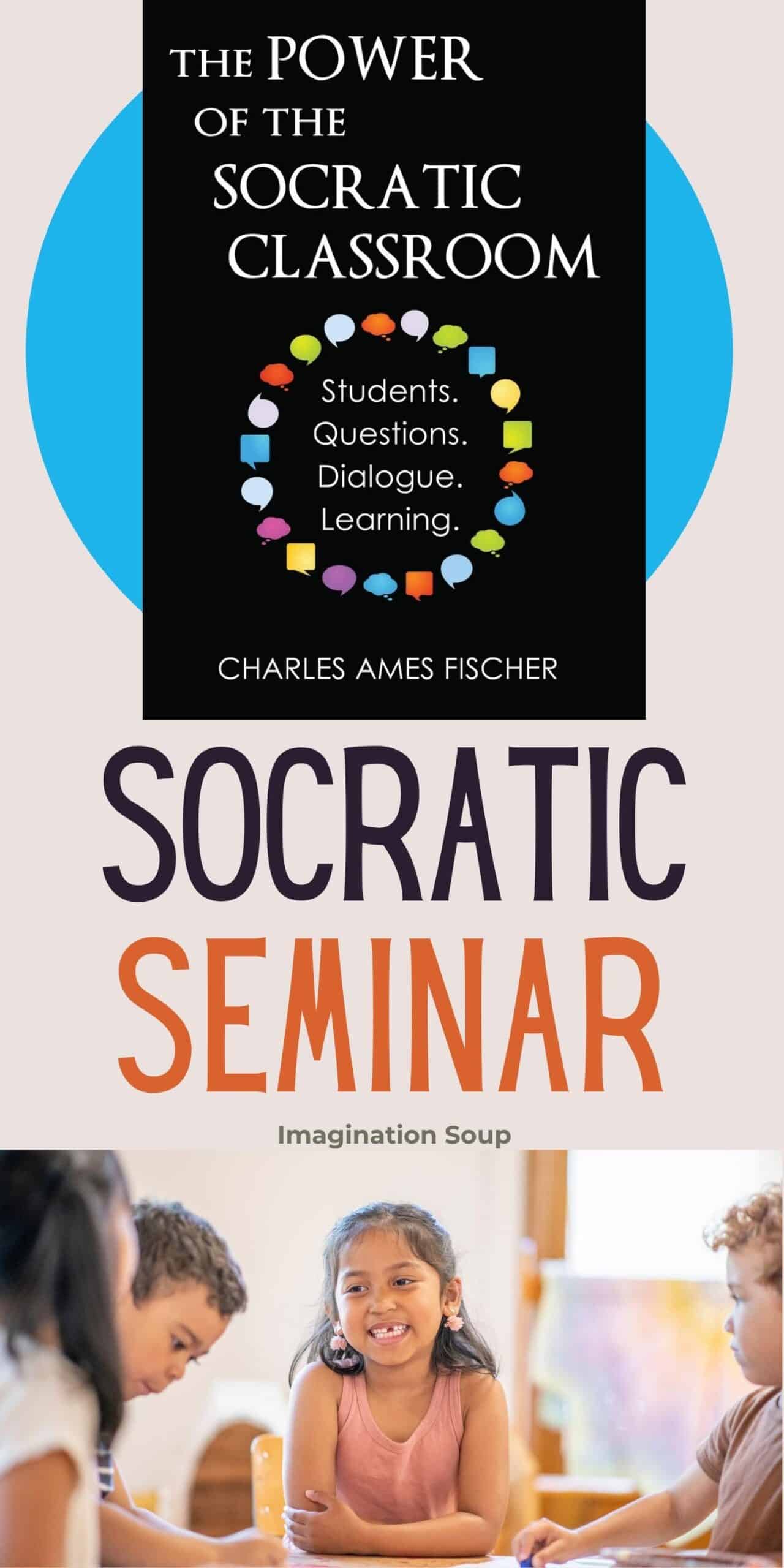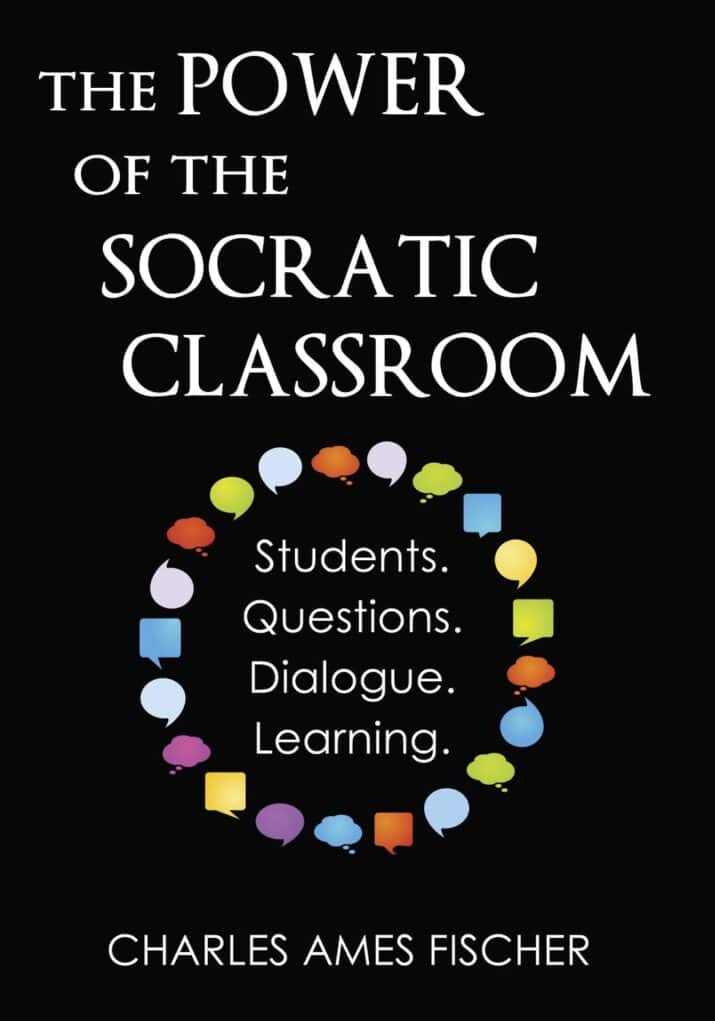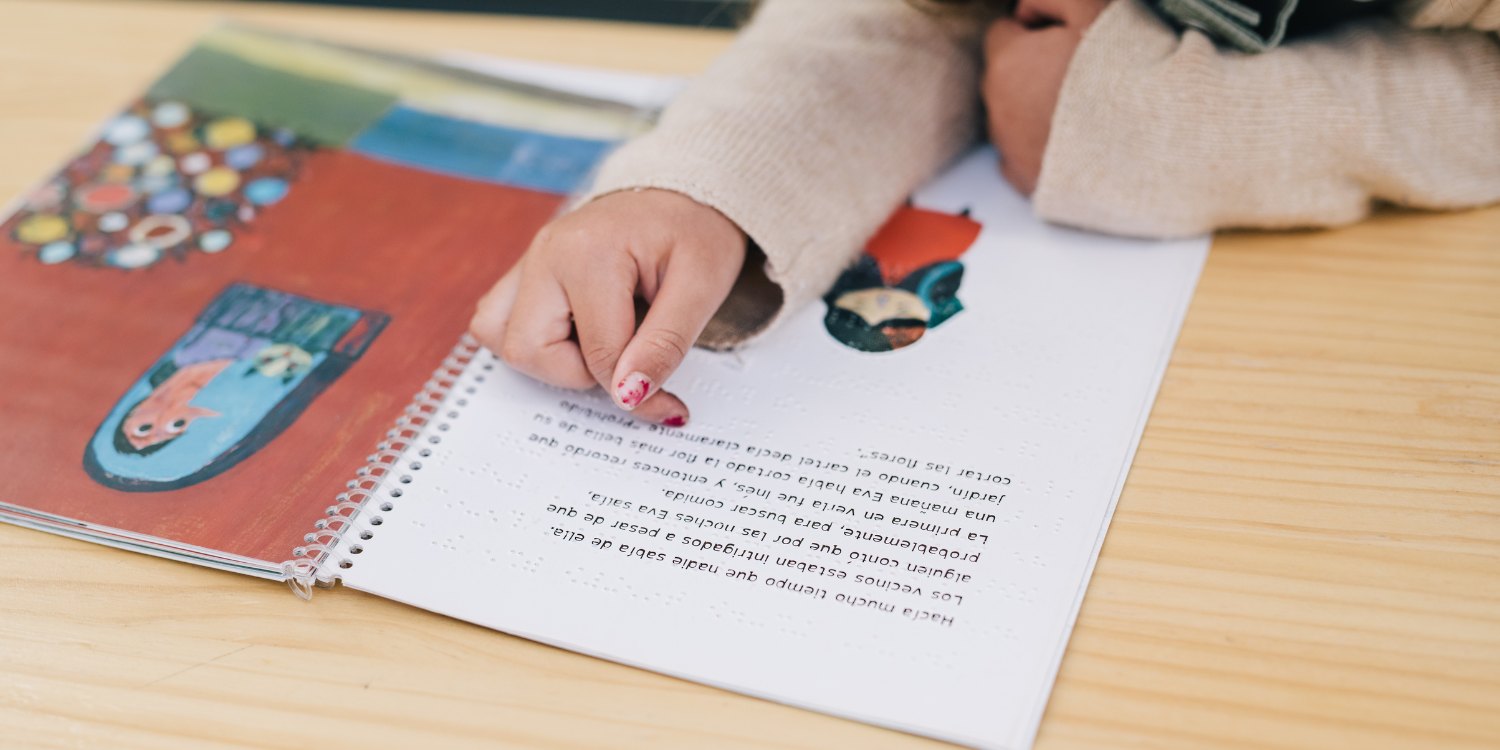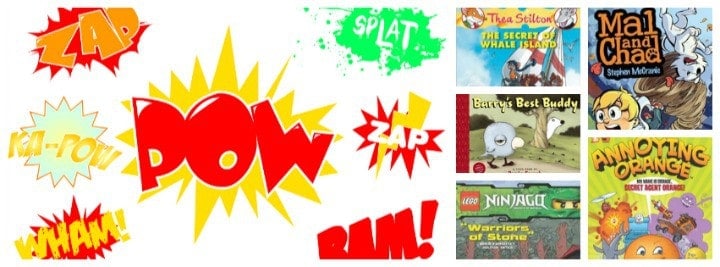The Ultimate Socratic Classroom Guide for Teachers
This post may contain affiliate links.
Disclosure: Chuck Fischer taught both my daughters in the 5th grade and I think he’s an incredible teacher. When he asked me to take a look at his book, I was happy to read it. That being said, this is my honest review…
The Ultimate Socratic Classroom Guide for Teachers
Classroom teachers, I’m so excited to tell you about The Power of the Socratic Classroom by Charles Ames Fischer. It is a well-written book packed full of valuable information about the Socratic seminar. In fact, it contains everything you need to know about the Socratic Seminar with step-by-step guidance and examples. For me, it’s given me clarity and enthusiasm for this K-12 instructional methodology. So much so that if I ever return to the classroom, I’d want to try this way of facilitating learning.
“The main goal of Socratic Seminar is to build deep conceptual understandings of texts and ideas, where the word “text” is used loosely to refer to a piece of writing, visual art, music, or moment. In seminars, the teacher shifts his or her role to that of a facilitator or questioner, so that the students can move from passively receiving knowledge to actively constructing meaning and understanding.”
Actively constructing meaning and understanding!! Sign me up. That is what we all want for any growing learner, no matter the age, subject matter, or ability level.
In The Power of the Socratic Classroom, Fischer explains the rationale and basics of Socratic Seminar in the initial chapters of the book. Then, he then dives into the components of the Socratic Seminar with the following chapters:
Pre-Seminar
The Text
Questions
The Facilitator
The Students
Post-Seminar
Evaluation
Active Listening
Sample Seminar Plan
Problem Solving
If you’re like me, you’ll appreciate that each chapter concludes with a “Summing Up” section as well as “Your Next Steps.” This helps us as learners so we can actively construct meaning in this context of professional development.
In “The Text” chapter, Fischer explains that choosing the text might be the hardest part of planning for a Socratic Seminar. He says, “…the text should have no obvious right or wrong answer or concept, such as a moral.” In the Socratic Classroom, the experience is never about a so-called right answer. Instead, it’s about the students constructing meaning. Later in the chapter Fischer provides examples of texts that teachers might consider such as The Sneetches by Dr. Seuss, The Tao Te Ching by Lao Tzu, and “The Sounds of Silence” by Paul Simon. Fischer includes a variety of ideas including math texts, videos, questions, quotes, science labs, and other varied options.
Fischer emphasizes in the “Questions” chapter the importance of teaching kids to be metacognitive with the kinds of questions they ask during the Socratic Seminar. Maybe because I did this in my own classroom and know how powerful it is, but I really love that he addresses this! Knowing about different kinds of questions completely changes the depth and quality of questions that kids ask during a Seminar. He explains, “The goal is to get students thinking about what types are useful for them in various situations. Certain types of questions have a greater value toward thinking and dialogue…”
I also found the Facilitator chapter to be extremely beneficial since facilitation is in my mind, an art form. But it’s something we can learn and improve. Among other things, Fischer explains about a gradual release of responsibility model, improving as a facilitator, different kinds of silence, as well as specific facilitator actions and phrases. Just like the other chapters, this one is dense with valuable wisdom from Fischer’s many years of experience. In “Your Next Steps,” Fischer suggests ways to continue your own learning about facilitating. For example, he suggests using a sociogram to help strategically assign seats and reading de Bono’s Six Thinking Hats model of facilitating.
In a recent email, Fisher gave me some ideas to help teachers who might not feel comfortable with this kind of open-ended learning experience. He writes, “...have teachers watch an experienced seminar group…Teachers are often amazed that their students have amazing insights to share.”
Such a good idea!
“A Socratic Classroom is a thoughtful classroom,” he continued, “a place where students engage in dialogue. Teachers can often create this environment by asking questions and staying genuinely curious. Students can stay engaged when they are asking their own questions and staying in a state of wonder.”
We need more of this in our education system. More wonder. More dialogue. More deep thinking. We need this book!
The Power of the Socratic Classroom is the ultimate Socratic Seminar field guide for teachers. If you’re interested in learning more about the Socratic Seminar (and I hope you are,) this should be your go-to resource.
What is your experience with Socratic Seminar?

KEEP READING








I am a gifted education specialist. I have facilitated Socratic Seminars for years with my elementary students. I have lead seminars in classrooms of mixed ability learners and can attest to that fact that seminars are engaging for all learners. I hope to purchase a copy of this book soon.
How wonderful that you’ve been able to do this with kids in the classroom and have found it beneficial! Thank you for sharing that.